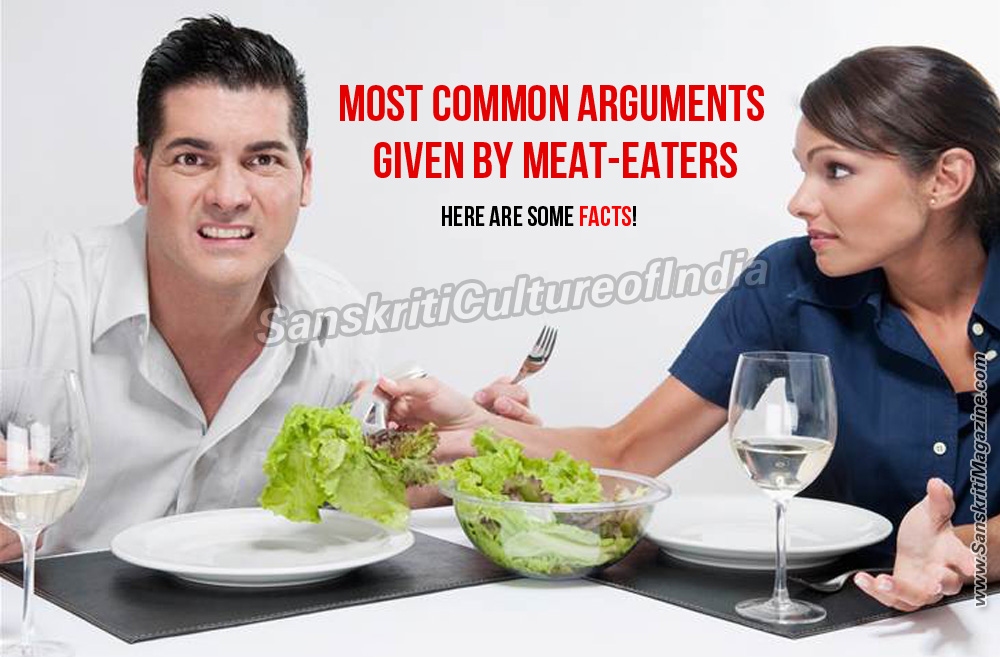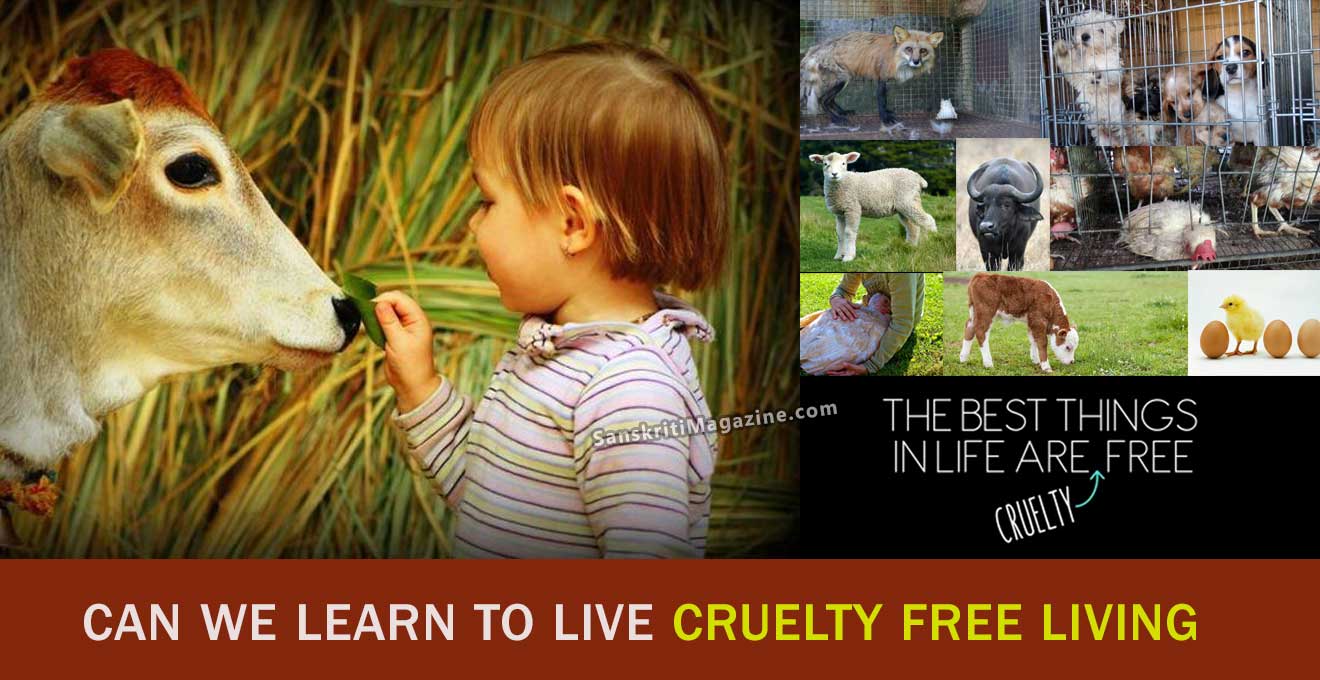All vegans and vegetarians have heard it: “But what about the plants? What about their feelings? They feel pain, too. Don’t you feel bad for the carrots? You are killing them, you know.”
If you’re one of those plant feelings people, it’s time we had a chat.
Remember elementary school biology? Even a cursory review tells us that plants and animals are different. Significantly different. For example: Plants have neither brains nor nervous systems with which to feel pain. Does this mean that we can say with absolute certainty that plants cannot have a consciousness or feel pain? I suppose we can never be 100 percent certain… but here’s what we do know — for sure — the animals we eat are conscious. And they do most certainly feel pain. And loneliness. And fear. Just like your dog. Your cat. And you.
Also, when you trim a tree or a hedge, the plant regenerates. And what about all those leaves changing 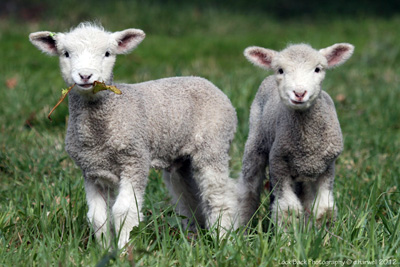 color and falling off in autumn? Are we to believe that inside, while wintering, the trees are screaming in pain and horror?
color and falling off in autumn? Are we to believe that inside, while wintering, the trees are screaming in pain and horror?
Alas, these points don’t matter to the plants-have-feelings crowd. To them, plants and animals are the same by the simple virtue that they’re both alive… a statement they exclaim with the gusto of adherents to a new, all-absolving religion. But if that most basic similarity were truly the only moral arbiter, there’d be no difference between picking a flower and cold-blooded murder; between genocide and mowing your lawn. You’re just killing something that’s alive, right?
However, pointing out the fatal flaws of the argument isn’t the end here. Oh, no. The vehement plant-defender now turns to the horrible environmental devastation caused by growing plants for food. And while that’s not an irrelevant issue, using it here fails again. Because what do you think the animals you are eating were eating — air? In fact, animal agriculture uses far more land, water — and yes — plants, than all the plants cultivated for human consumption.
So now the angry meat-eater turns to their final argument, the one that always comes when everything else has failed: complaining about the ridiculous moralizing and self-righteousness of the irritating vegans, who keep bothering them with facts. I swear sometimes arguing with these people feels like trying to convince a fundamentalist Christian about the evidence for evolution, except that sadly many of the people foaming at the mouth about plant feelings are meat-loving liberals.
So, in closing, if you think that eating animals is morally the same as eating plants, you’re dreaming. And as Winston Churchill once said: “Facts are better than dreams.”
THE ARGUMENTS :
The Hunger Argument
- Number of people worldwide who will die as a result of malnutrition this year: 20 million
- Number of people who could be adequately fed using land freed if Americans reduced their intake of meat by 10%: 100 million
- Percentage of corn grown in the U.S. eaten by people: 20
- Percentage of corn grown in the U.S. eaten by livestock: 80
- Percentage of oats grown in the U.S. eaten by livestock: 95
- Percentage of protein wasted by cycling grain through livestock: 90
- How frequently a child dies as a result of malnutrition: every 2.3 seconds
- Pounds of potatoes that can be grown on an acre: 40,000
- Pounds of beef produced on an acre: 250
- Percentage of U.S. farmland devoted to beef production: 56
- Pounds of grain and soybeans needed to produce a pound of edible flesh from feedlot beef: 16
The Environmental Argument
- Cause of global warming: greenhouse effect
- Primary cause of greenhouse effect: carbon dioxide emissions from fossil fuels
- Fossil fuels needed to produce meat-centered diet vs. a meat-free diet: 3 times more
- Percentage of U.S. topsoil lost to date: 75
- Percentage of U.S. topsoil loss directly related to livestock raising: 85
- Number of acres of U.S. forest cleared for cropland to produce meat-centered diet: 260 million
- Amount of meat imported to U.S. annually from Central and South America: 300,000,000 pounds
- Percentage of Central American children under the age of five who are undernourished: 75
- Area of tropical rainforest consumed in every quarter-pound of rainforest beef: 55 square feet
- Current rate of species extinction due to destruction of tropical rainforests for meat grazing and other uses:1,000 per year
The Cancer Argument
Increased risk of breast cancer for women who eat meat daily compared to less than once a week: 3.8 times
For women who eat eggs daily compared to once a week: 2.8 times
For women who eat butter and cheese 2-4 times a week: 3.25 times
Increased risk of fatal ovarian cancer for women who eat eggs 3 or more times a week vs. less than once a week: 3 times
Increased risk of fatal prostate cancer for men who consume meat, cheese, eggs and milk daily vs. sparingly or not at all: 3.6 times.
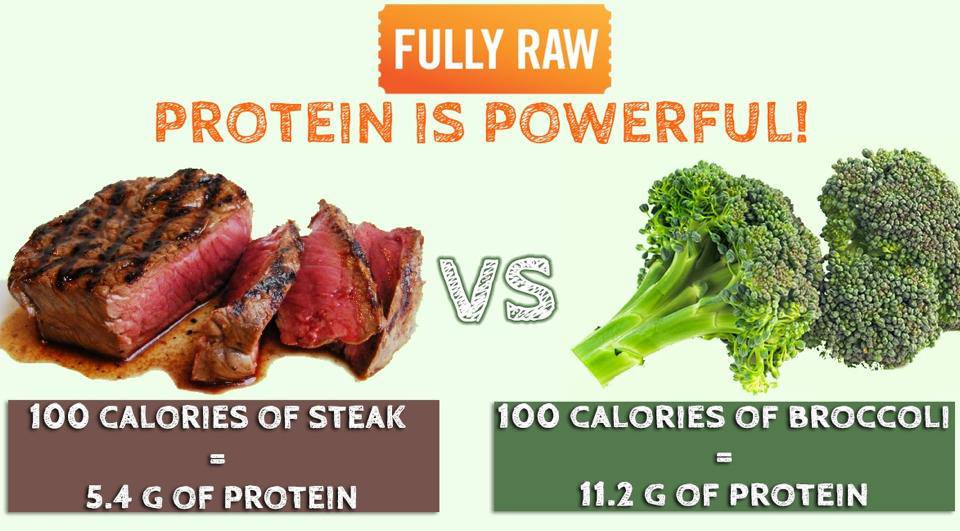
The Cholesterol Argument
Number of U.S. medical schools: 125
Number requiring a course in nutrition: 30
Nutrition training received by average U.S. physician during four years in medical school: 2.5 hours
Most common cause of death in the U.S.: heart attack
How frequently a heart attack kills in the U.S.: every 45 seconds
Average U.S. man’s risk of death from heart attack: 50 percent
Risk of average U.S. man who eats no meat: 15 percent
Risk of average U.S. man who eats no meat, dairy or eggs: 4 percent
Amount you reduce risk of heart attack if you reduce consumption of meat, dairy and eggs by 10 percent: 9 percent
Amount you reduce risk of heart attack if you reduce consumption by 50 percent: 45 percent
Amount you reduce risk if you eliminate meat, dairy and eggs from your diet: 90 percent
Average cholesterol level of people eating meat-centered-diet: 210 mg/dl
Chance of dying from heart disease if you are male and your blood cholesterol level is 210 mg/dl: greater than 50 percent
The Natural Resources Argument
User of more than half of all water used for all purposes in the U.S.: livestock production
Amount of water used in production of the average cow: sufficient to float a destroyer
Gallons of water needed to produce a pound of wheat: 25
Gallons of water needed to produce a pound of California beef: 5,000
Years the world’s known oil reserves would last if every human ate a meat-centered diet: 13
Years they would last if human beings no longer ate meat: 260
Calories of fossil fuel expended to get 1 calorie of protein from beef: 78
To get 1 calorie of protein from soybeans: 2
Percentage of all raw materials (base products of farming, forestry and mining, including fossil fuels) consumed by U.S. that is devoted to the production of livestock: 33
Percentage of all raw materials consumed by the U.S. needed to produce a complete vegetarian diet: 2
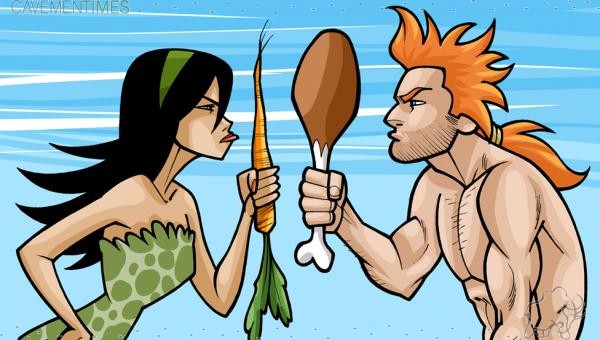
The Antibiotic Argument
Percentage of U.S. antibiotics fed to livestock: 70
Percentage of staphylococci infections resistant to penicillin in 1960: 13
Percentage resistant in 1988: 91
Response of European Economic Community to routine feeding of antibiotics to livestock: ban
Response of U.S. meat and pharmaceutical industries to routine feeding of antibiotics to livestock: full and complete support
The green house effect is more sensitive to methane which is produced in greater quantities by farm animals than all forms of transportation
The Pesticide Argument
Common belief: U.S. Department of Agriculture protects our health through meat inspection
Reality: fewer than 1 out of every 250,000 slaughtered animals is tested for toxic chemical residues
Percentage of U.S. mother’s milk containing significant levels of DDT: 99
Percentage of U.S. vegetarian mother’s milk containing significant levels of DDT: 8
Contamination of breast milk, due to chlorinated hydrocarbon pesticides in animal products, found in meat-eating mothers vs. non-meat eating mothers: 35 times higher
Amount of Dieldrin ingested by the average breast-fed American infant: 9 times the permissible level
The Ethical Argument
Number of animals killed for meat per hour in the U.S.: 660,000
Occupation with highest turnover rate in U.S.: slaughterhouse worker
Occupation with highest rate of on-the-job-injury in U.S.: slaughterhouse worker
The Survival Argument
Athlete to win Ironman Triathlon more than twice: Dave Scott (6 time winner)
Food choice of Dave Scott: Vegetarian
Largest meat eater that ever lived: Tyrannosaurus Rex (Where is he today?)
Source = “Diet For A New America” by John Robbins
YOU MAY ALSO WANT TO CHECK THE FOLLOWING:
Plant eaters are murderer, plants have feeling too!?
Carnivore vs. Vegetarian
Processed Meats Declared Too Dangerous for Human Consumption!
Is Eating Meat Wrong?
To Beef Or Not To Beef

